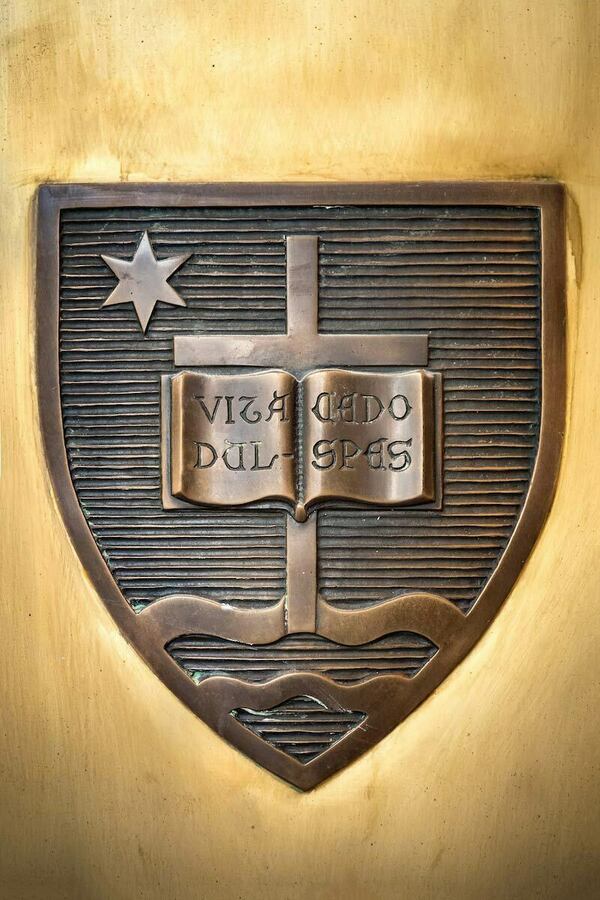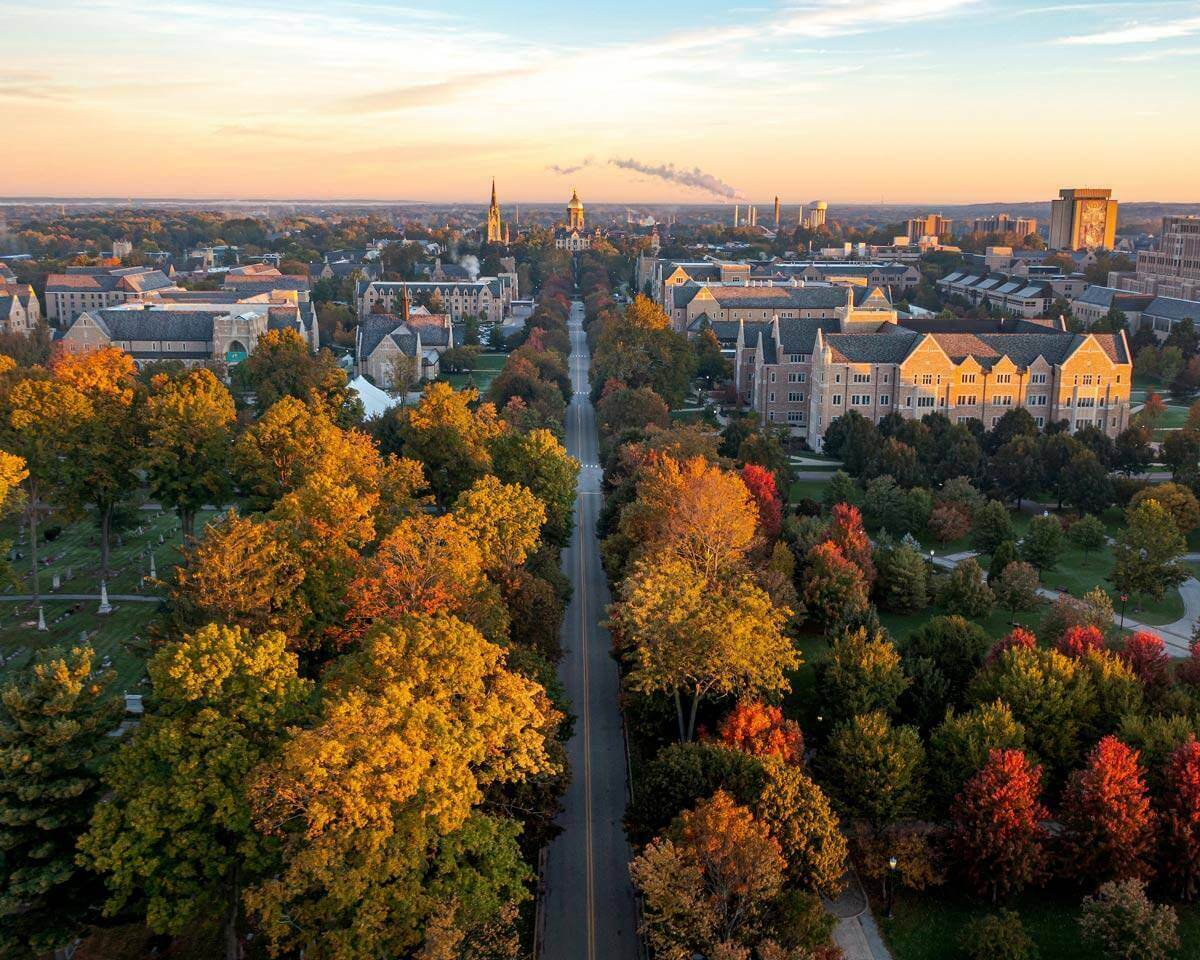- Home ›
- Notre Dame 2033: A Strategic Framework ›
- Conclusion
Conclusion

Characterizing an institution as complex as a university is not easy. Universities make long-term bets on students and scholarship that pay off over decades, even generations. Our core assumption is that Notre Dame will educate even more of the humane, informed leaders the world needs, and significantly advance human understanding and knowledge through research.
Still, a brisk, one-paragraph description of Notre Dame might read like this: it remains anchored by its Catholic mission, which animates a number of its best research programs, attracts many of its strongest students and faculty, and inspires its supporters and benefactors. The undergraduate program is among the strongest in the country. Graduate and professional school programs are on the rise and some are among the country’s best, but the overall portrait is of departments, schools, and programs just outside the most elite. Its financial situation and stability are the envy of its peers. The growth in research capacity is notable but needs further enhancement. Notre Dame is more global than ever before, but less so than its standing as the leading Catholic research university might warrant. It is less diverse in the gender, ethnic, and racial makeup of its faculty, staff, student body, and leadership team than it is called to be as the world’s leading Catholic university. Collaboration across school, college, and division lines is less common than should be expected, especially given a geographically contiguous campus and a common mission.
How will this paragraph read in a decade? This framework does not enumerate specific metrics to measure progress, although these are under development and will be vital to holding ourselves accountable. Now that the framework has been endorsed by the Board of Trustees, we will schedule regular reports to the campus community and periodic reviews.
The big picture, though, is clear: the quality of the undergraduate education will have been enhanced as will the University’s commitment to character formation. The University will possess a cluster of more unequivocally top-tier research programs, and the amount and quality of research conducted at the University will continue on its current ambitious trajectory. Such programs will strengthen multiple departments and schools while addressing the challenges posed by a world in need. Notre Dame’s global visibility will be on a more solid footing, with superb study-abroad programs, more collaborative research ties, and a more cosmopolitan student body. The University — including its leadership, faculty, staff, and students — will be significantly more diverse and the community at Notre Dame will be more inclusive. Financial aid for undergraduates, graduate and professional students, and doctoral students will be competitive with any institution in the United States.
The distance from aspiration to reality may seem daunting. No existing template tells us how to do what we are called to do. Building the leading global Catholic research university on par with but distinct from the world’s best private universities has never been a simple task. It never will be. And yet it remains one of the most exciting projects in global higher education.
All of this was true for those who reimagined Notre Dame for the modern era, most notably Father Hesburgh. He once described the University’s mission this way:
The future, uncertain though it is, will not be all that frightening if we have some institutions that undertake the dual task of transmitting and expanding knowledge, but at the same time, the more difficult role of educating persons with that sense of moral responsibility and judgment required to manage change and to use knowledge for mankind’s betterment and progress, instead of for its destruction. It is this kind of institution that Notre Dame aspires to be. 36
Our current president, Father John I. Jenkins, C.S.C., urged us in his 2005 inaugural address to build a university “where technical knowledge does not outrun moral wisdom, where the goal of education is to help students live a good human life, [and] where our restless quest to understand the world not only lives in harmony with faith but is strengthened by it.” 37
The achievements of our predecessors allow our dreams. That our students, our country, our Church, and our world need a more successful and more mission-driven Notre Dame is clear. The conviction of everyone involved in drafting this strategic framework is that this document moves us toward that destination.
